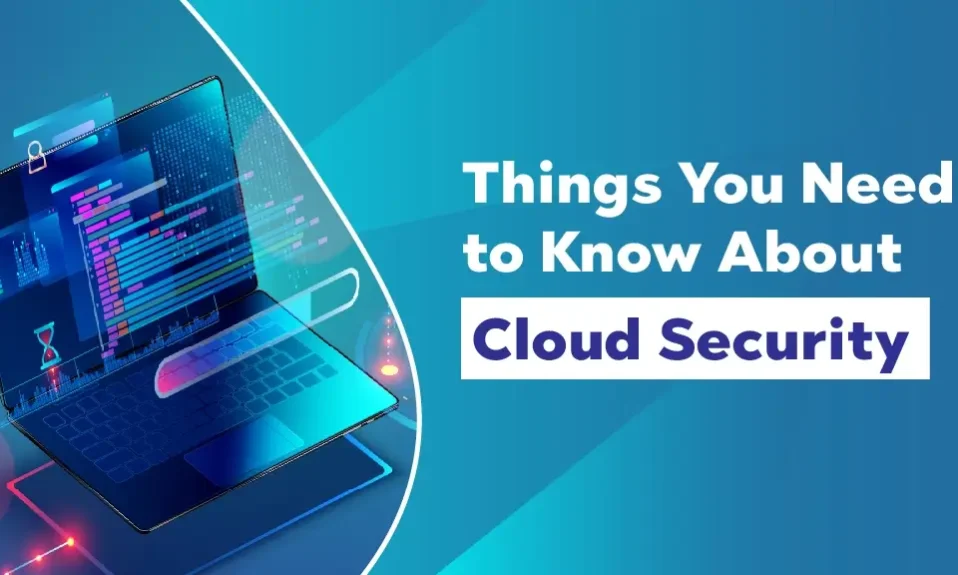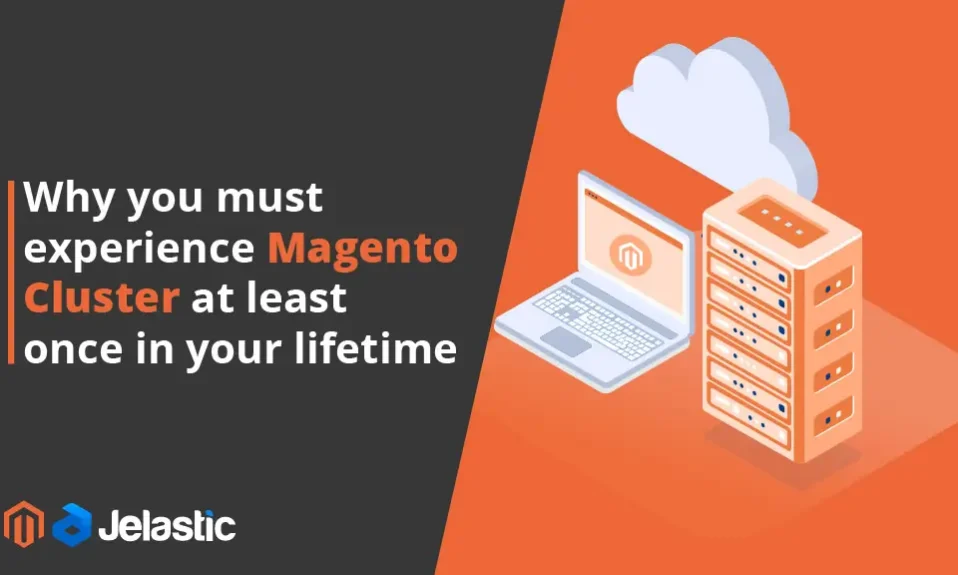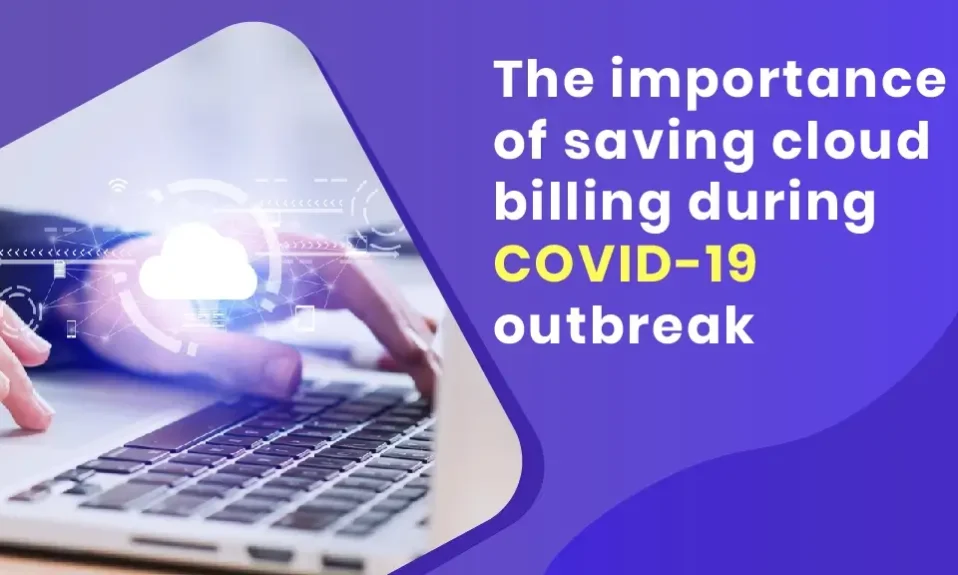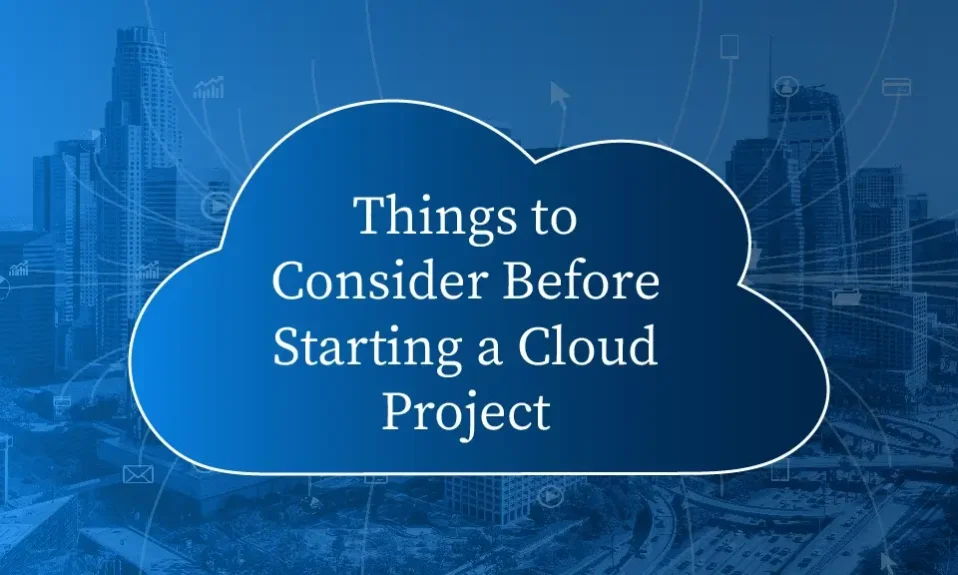Cloud storage is an amazing advantage for individuals and businesses. Most know about the many benefits it offers—reduced storage costs, incredible ease of access, improved team communication, and data share ability.
The following is a list of some things you should know about cloud security that will help put the concept in better perspective.
Threats to the Cloud Are Real, but May Be Overstated
Undoubtedly, much of the fear regarding cloud security comes from scattered headlines about data breaches and perhaps a less-than-clear understanding about what it all means. Big businesses being targeted, international political intrigue, and EVIL RUSSIANS are all great ways for news outlets to get clicks, but are the threats as serious to businesses and individuals as these stories might make you think?
What’s important to note, though, is that cyber security and specifically cloud security are growing fields. More and more businesses and individuals are hip to the fact that collaboration with specialists is the way to reduce risk, and now close to half of those potential targets are taking the necessary steps to protect themselves.
Cloud Storage Might Be the Riskiest of All
Since its inception, computing experts have decried the potential dangers of storing data in the cloud. Now, years later, you can read just about any article or post about cloud storage, and sure enough, you’ll see it listed as a significant risk. This report from Cloud Security Alliance provides some interesting insight, as they noted more than half of respondents viewed cloud storage as one of their greatest threats.
Of equal note, though, is the fact that only about four percent had a data breach related to their cloud applications in the year prior to the survey and close to eighty percent were investing heavily in enforcing policies to keep this data secure.
Big Companies Understand the Risks & Seek To Mitigate Danger
With all this fuss over security, you can be sure that the big boys have taken notice. Cloud-storage giants like Google have gone so far as to release an entire whitepaper on the topic of cloud security, and while it might not be possible to delve into every single detail, the thrust of their argument is clear. Security is a big deal for big businesses, and they’re taking every precaution they can think of to keep customer data private and anticipate what vulnerabilities may yet lay on the horizon. You can be sure other large providers are following suit with similar policies.
On top of that, the cloud security market is a growing one. Both businesses and individuals are aware of the danger, and security solutions are following suit to give them the peace-of-mind they crave when putting their stock in cloud-based technology at an ever-increasing rate.
Public vs. Private Cloud Isn’t as Critical As You Might Think
For what seemed like ages, one debated that raged in the cloud community was the difference between private cloud resources and public ones. Was one inherently safer than the other? Was there some way to bring parity between the two options?
As it turns out, there’s not as much of a difference as initially believed. Private clouds might provide better control over data, but that doesn’t mean public clouds are, by default, less secure. Both options require that companies and individuals develop the proper strategy for safeguarding their information to become safer prospects for their users.
The Human Element Is a Big Deal
Many of the dangers the cloud poses come from people becoming lax about proper protocol. Using weak passwords, failing to engage multi factor authentication, and falling victim to avoidable “phishing” tactics all fall in the category of human-based risk. Nearly 60% of security incidents in 2015 were the result of employee negligence. This is unsettling and amplified as the trend towards remote work and using personal devices continues to grow, but its only part of the human-related issue.
In addition to negligent employees, downright pernicious ones can wreak havoc on a business through a desire for revenge against a company or mere greed. With their insider knowledge, they can deftly manipulate or steal sensitive cloud data and severely disrupt operations. Like with all cloud-based challenges, though, preparation is the key to avoidance.
Rigorously training employees on proper protocol and taking steps to limit the damage that current and former workers can do to your systems is the way to go if you want to curtail instances of human-born catastrophe on your cloud systems.
Get to Know Hybrid Options
Hybrid cloud systems are a mix of the public and private solutions that make up cloud computing and have emerged as a method of providing greater flexibility and enhancing security. By splitting resources, some organizations have found that they aren’t as susceptible to total failure if one aspect of their network is compromised.
For instance, you could keep mission-critical devices (security cameras and the like) on the private network where they are easier to integrate while using the public systems for offsite data that might not be as crucial. There are multiple ways in which the hybrid option can be deployed, so getting familiar with cloud adoption practices before taking the plunge.
You’ll benefit by taking Some Matters into Your Own Hands
One thing that can hardly be overstated is the importance of taking control of your own security future. It starts with familiarizing yourself with the jargon. Getting to know the difference between your SSL, TLS, AES, and the meaning of terms like two-factor authentication, encryption, etc., will make you better equipped when it comes time to start your journey into the cloud computing sphere.
When you’re engaging an IT provider, make sure to ask the important questions: What cloud security policies do they adhere to? Where do they house their servers? Is the site secure? The list goes on. You’ll need to carefully build your security team, document your assets, and take measures to test your own vulnerabilities, locate serious issues, and correct them before they become a problem that outside influences can exploit. On top of that, it’s up to you to employ best practices in-house.
We talked about the human element earlier. Make sure you (or your employees) know the importance of using strong username/password combinations, don’t leave data lying around, and have some idea of how to detect possible attempts from the outside to phish for sensitive information. You should get in the practice of using encryption before uploading information to the cloud, and invest time into learning about industry standard protocol security to keep you safe.




